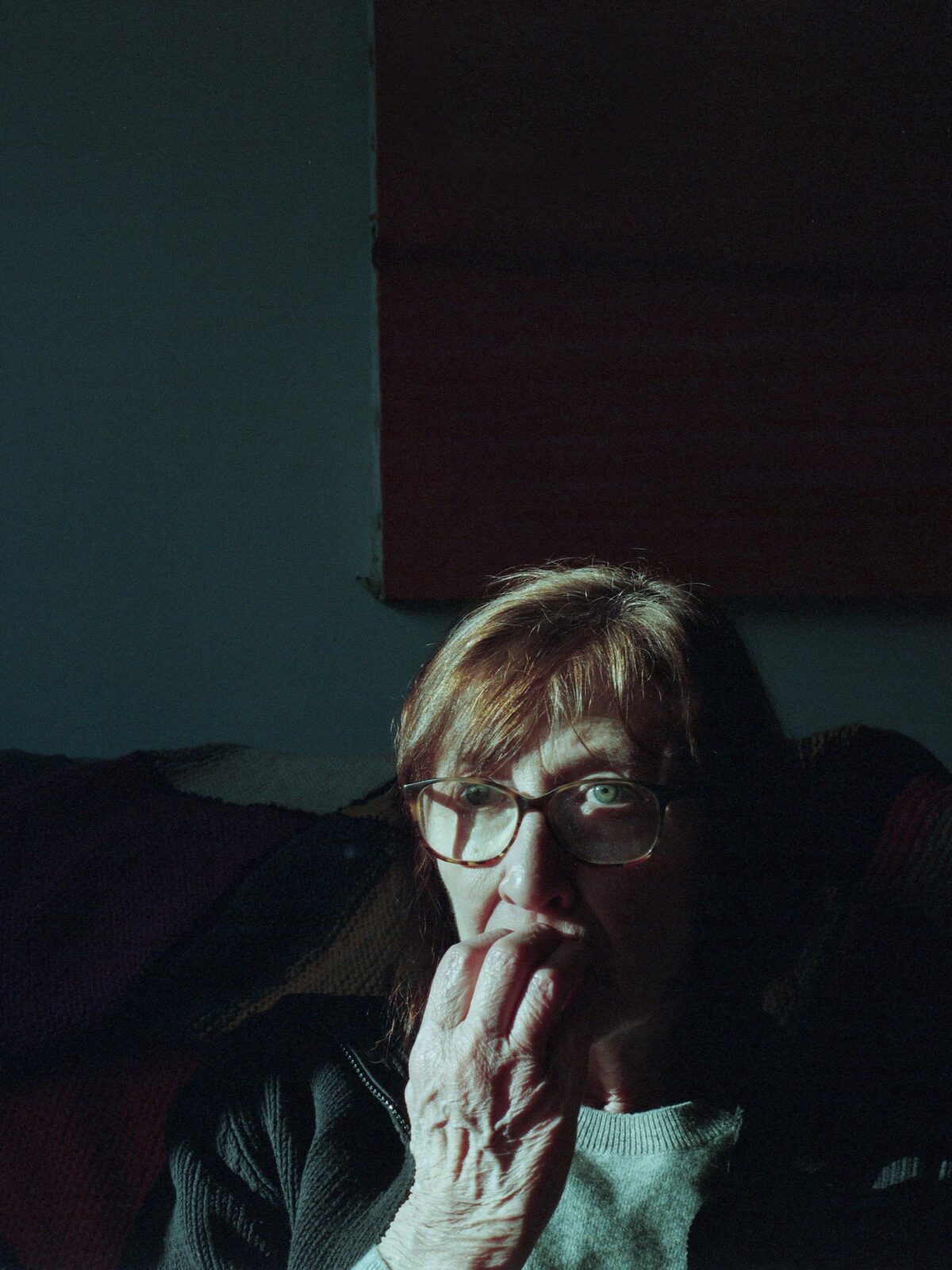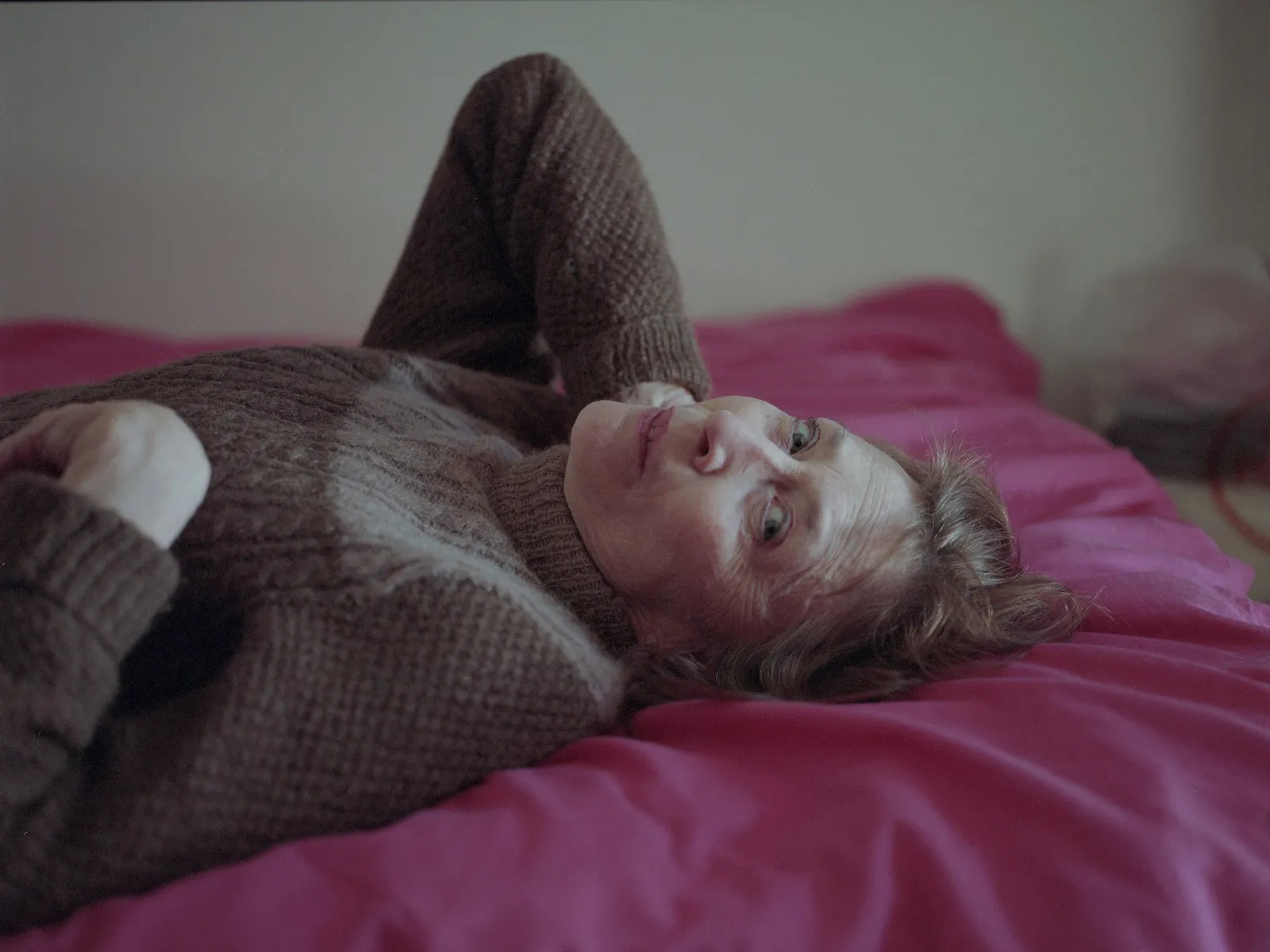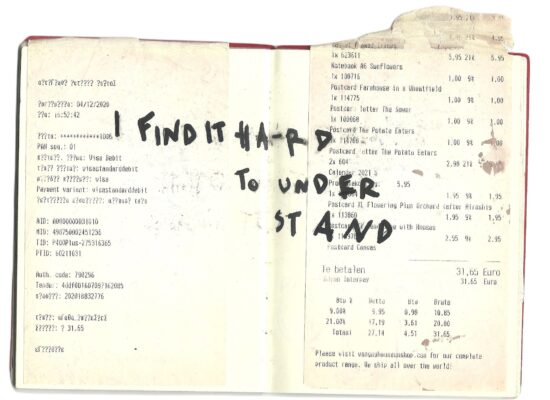Based in Antwerp, Belgium
Website https://www.platformbarry.be
Research project Als de kunstenaar zijn beeld inslikt (When the artist swallows his image)
Location Royal Academy of Fine Arts Antwerp and ARIA/University of Antwerp, in collaboration with the Royal Conservatoire Antwerp.
Can you describe your research project?
My artistic practice unfolds in a working climate where bodily, sensorial intention becomes a form of perception, image-making, and ethical responsibility.
At the heart of my research lies an ongoing dialogue with the human body, not as an object of representation, but as a resonant co-creator. I explore how the body can be with the image, rather than in it. How a portrait can become the trace of an embodied encounter — a moment of shared awareness between artist and portrayed.
The project is structured around four interwoven thematic lines, each exploring a facet of the relationship between embodiment and image-making:
It begins with Physical awareness, where I translate my Transparent body (teaching) method — originally developed within the performing arts — into a visual practice. In this journey, I invite the body to shed social constructs and inhabit a space of vulnerability, openness, and creative attention through all our eleven senses. This expanded field of perception reaches beyond the classical five and calls for a fine-tuning of the body’s full sensory intelligence. This feeling landscape becomes the grounding soil for creating. It invites the body of the image-maker to become more porous, more present: to listen, feel, and respond with its whole being, rather than operating primarily through the dominant visual mode.
The second line, Dialogue between body and lens, reimagines the camera not as an observing tool but as an intentional participant. The lens becomes a site of resonance, where image-making is shaped by mutual perception.
In Image-thinking and somatic awareness, I realise how bodily perception guides composition, rhythm as internal sense of time in being, and relational presence, allowing both image-maker and collaborator to remain physically and sensorially anchored.
Finally, the concept of Reflaction — inspired by philosopher Henk Oosterling — merges reflection and action. It allows intuition and thought to flow as one generative current, weaving body, mind, and spirit/energy into a shared creative resonating state.
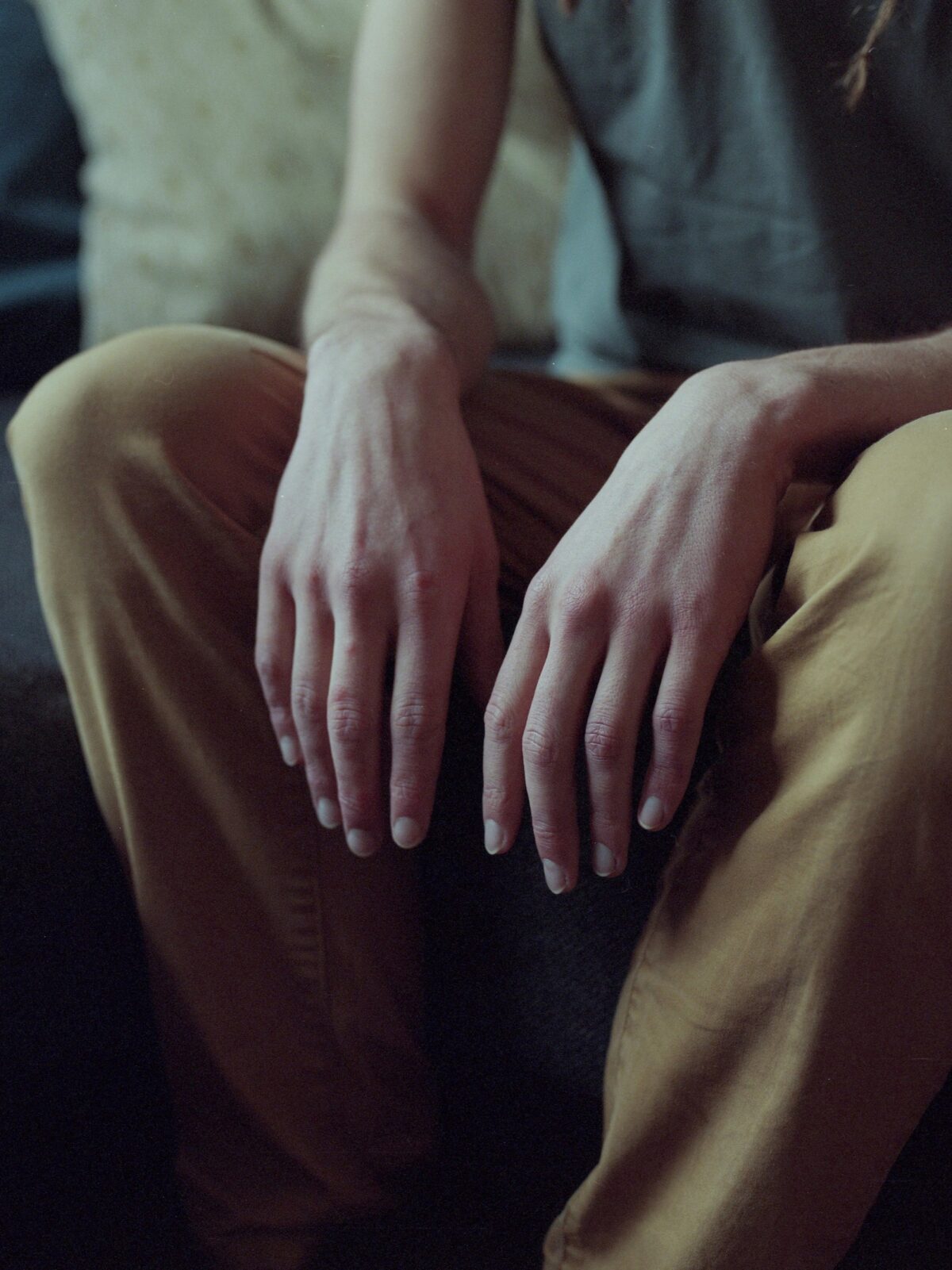
Why have you chosen this topic?
Because I long for body images that are made listening.
In a world where bodies are often reduced to surfaces, performances, or pixels, I search for a more porous way of seeing. My background as an actor and interdisciplinary teaching artist in the field of drama and dance has always revolved around presence, how a body can truly arrive in space and time. This research deepens that inquiry within the visual field.
I’m not truly interested in creating new images, but in rethinking the conditions under which we image each other. I want to unmask, unfilter, and invite the body as it is — raw, tender, incomplete — and ask: how can we see each other more softly?
What if we could look with a camera through the body, instead of at it?
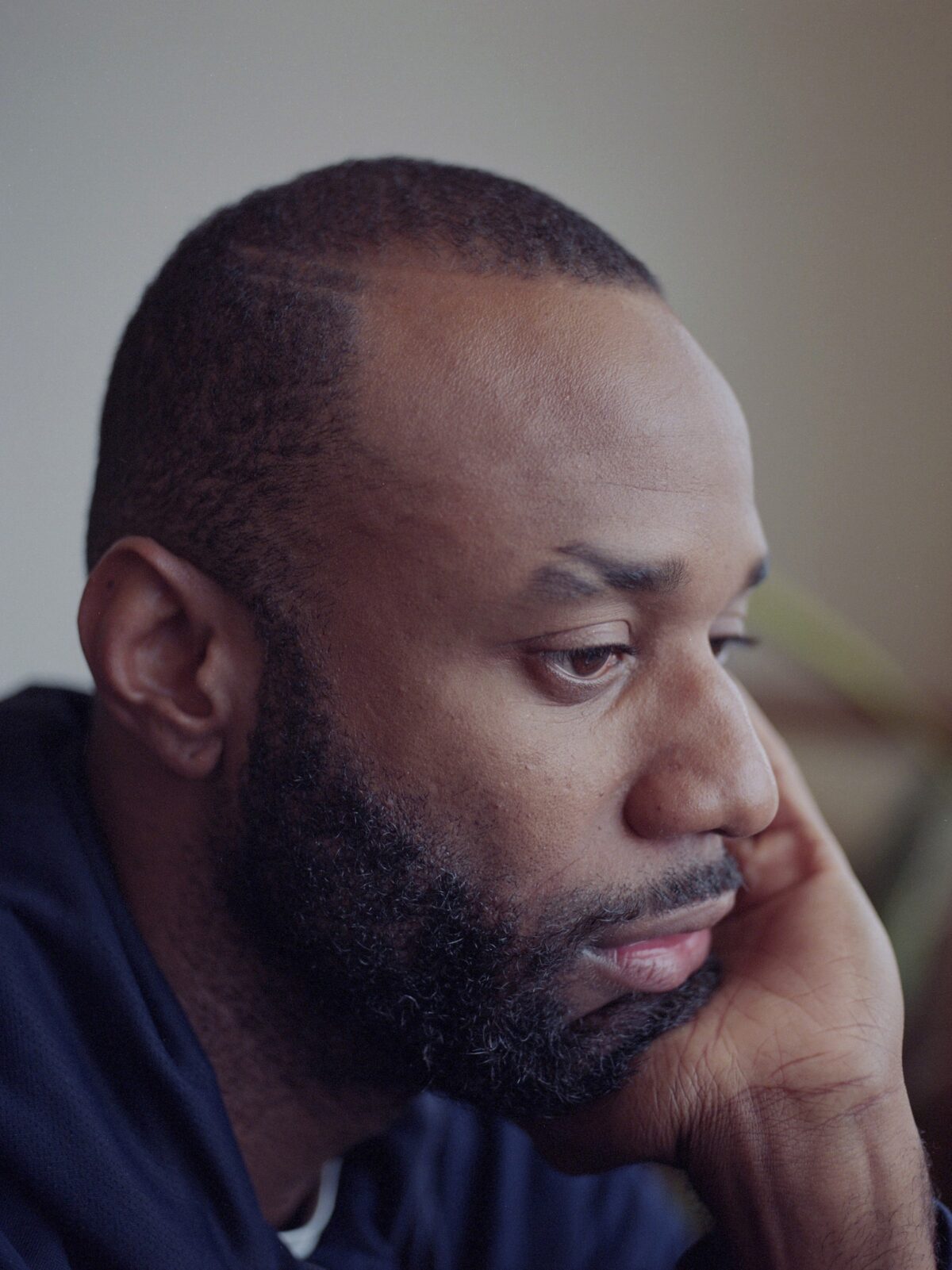
What research methods do you use?
My methods are embodied. They emerge through practice. I work in long-term collaborations, where I listen through movement, touch, and stillness. The camera becomes a partner — it breathes, it responds, it hesitates.
Each of the four Lichaamsstudies (Body Studies) in my project is structured around a distinct method. These studies help me cultivate a multilayered presence as an image-maker.
The images that accompany this interview come from Lichaamsstudie 2. This study unfolds in two parts:
In the first, I encountered Hilde Wils, Lennert De Schrijver and Camilo Mejía Cortés over a year, using a medium-format analogue camera and only natural light to make images every month we met. This slow, intimate process allowed space for mutual questioning and shared authorship. The portrayed were not subjects, but co-authors of their own image.
The second part consists of self-portraits. I also worked with the medium-format analogue camera and only natural light, without tripod or mirror (resisting the fixed, external controlled gaze on the self), and instead let the lens become an extension of my own body. Like a prosthesis. The camera turned into a tactile interface instrument. A way of looking through listening.
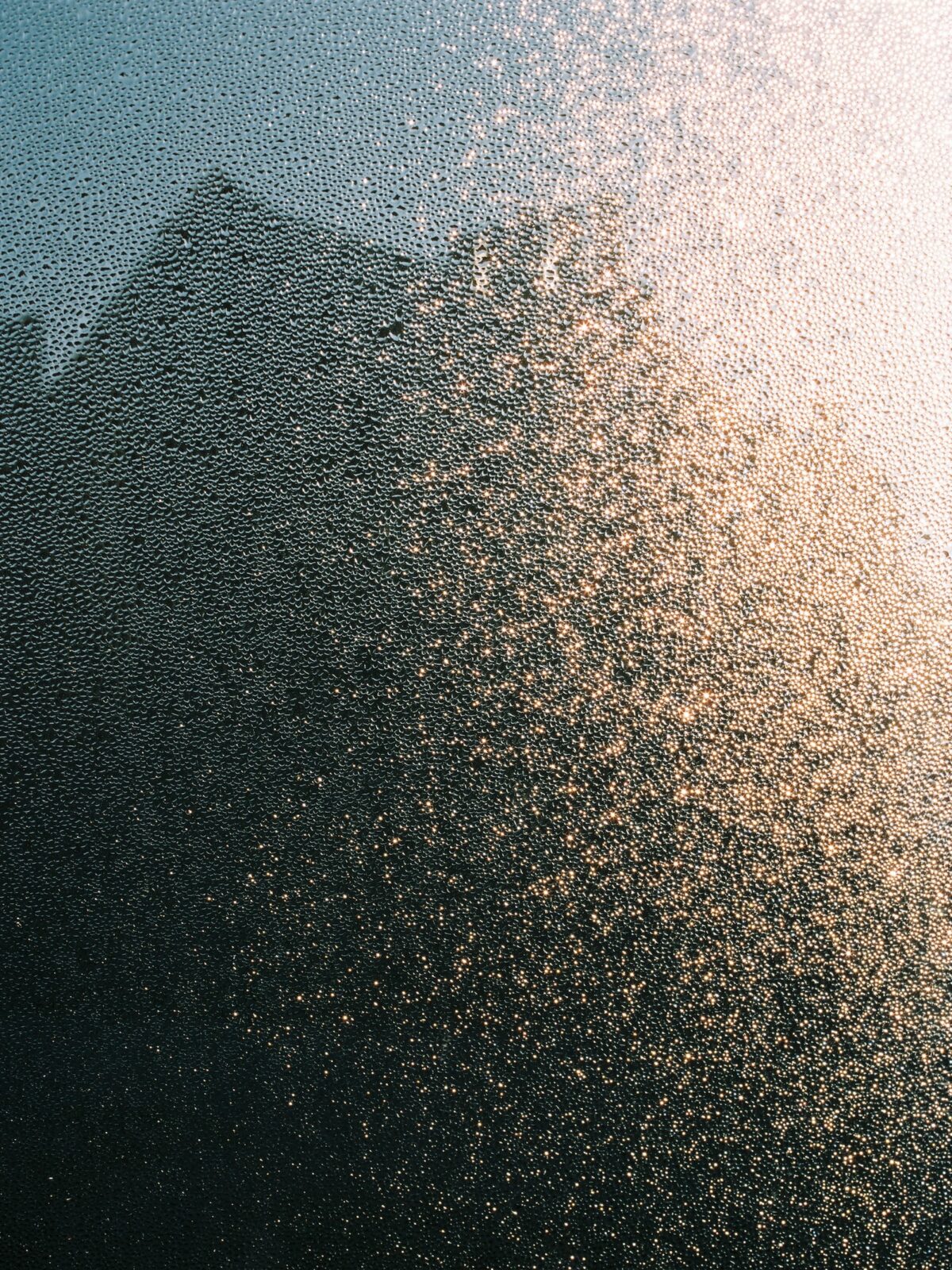
In what way did your research affect your artistic practice?
It changed my rhythm.
Even slower. Even softer. More present.
I used to direct the frame with a sensibility shaped by my work in fiction film and television as an actor, where the body serves the plot of a narrative.
Now, I share the frame. Now, I arrive.
This research invited me to let go of control — to remain a reciprocal body in the presence of a lens. My practice became more tactile, more dialogical, anchored in breath and skin. The body becomes the story itself through the image.
I began to see not just with the camera, but through my whole body. I allowed the camera to move like a dancer. I wrote scripts not as blueprints for images, but as breathing frameworks: open structures that invite brave, intimate encounters.
Authorship, for me, became less about ownership and more about shared presence. As a maker, I became a facilitator.
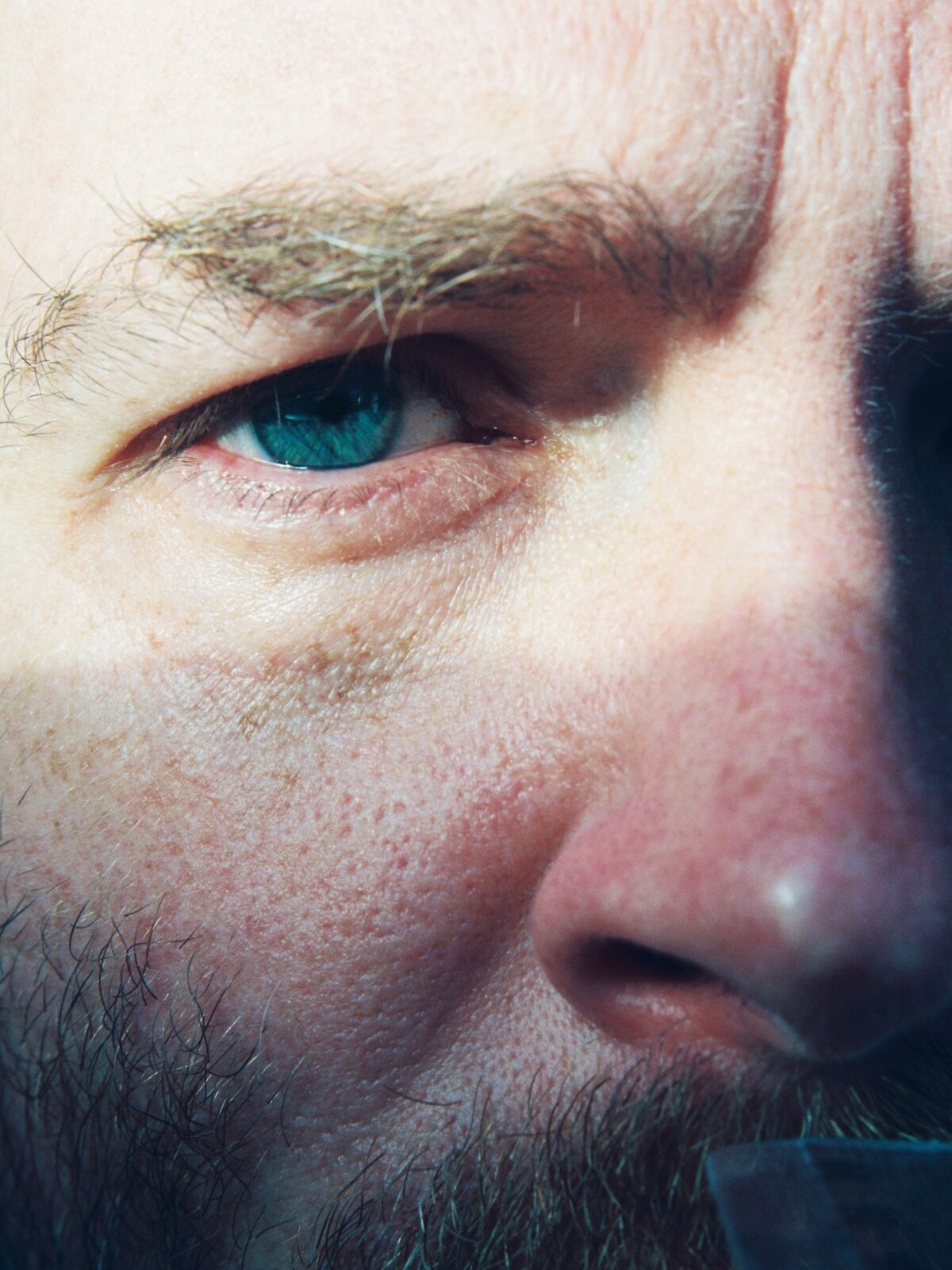
What are you hoping your research will result in, both personally and publicly?
Personally, I hope it brings me closer to radical honesty, in creation, in collaboration, in how I encounter others. I want to stay porous. Curious. Unfinished.
Publicly, I hope to open conversations about how we portray bodies in an image culture flooded with fast, consumable images. I hope this work offers a different tempo. One of resonance, softness, and care.
A visual culture where the body is not an object to be consumed, but a subject to be met. Where the portrait becomes a form of touch.
